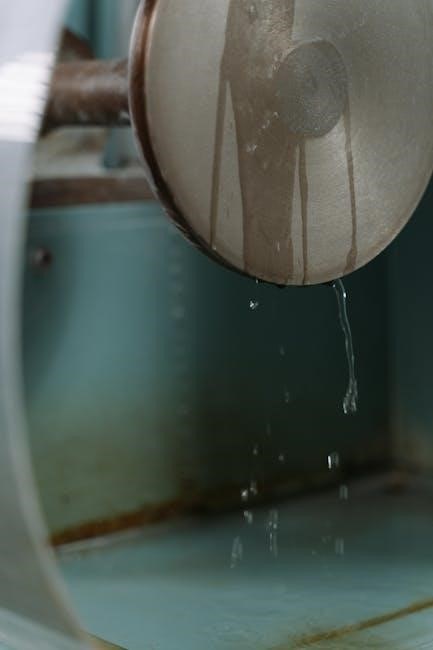NFPA 13 provides criteria for classification of occupancy hazard and commodity classification, used for sprinkler installation, design, and water supply requirements, as outlined in chapter five of the standard document always.
NFPA 13 Overview
NFPA 13 is a standard for the installation of sprinkler systems, providing criteria for the design, installation, and testing of these systems. The standard is published by the National Fire Protection Association and is widely adopted in the United States and other countries. NFPA 13 is intended to ensure that sprinkler systems are designed and installed to provide adequate protection for buildings and their occupants from fire hazards. The standard covers a wide range of topics, including system design, component selection, and installation requirements. It also provides guidance on the inspection, testing, and maintenance of sprinkler systems to ensure they remain effective over time. By following the requirements of NFPA 13, building owners and designers can help ensure that their sprinkler systems are properly designed and installed to provide reliable fire protection. This standard is an important tool for protecting people and property from the risks of fire. NFPA 13 is regularly updated to reflect changes in technology and industry practices.
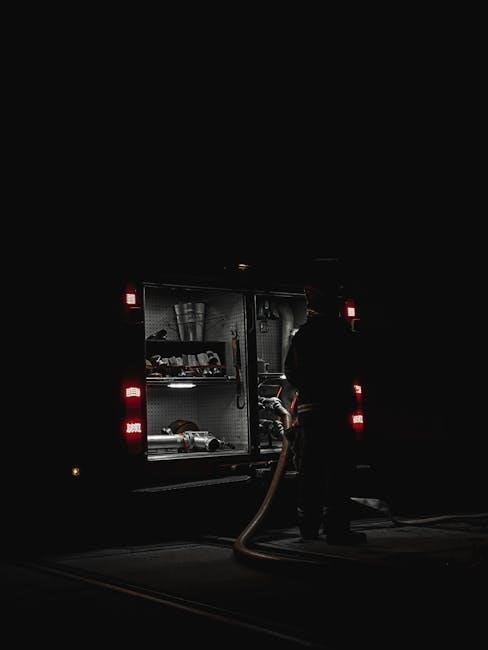
Occupancy Hazard Classifications
Classifications are based on the level of fire hazard in a building, ranging from light to extra hazard, as defined in the NFPA 13 standard document always used.
Light Hazard Occupancies
Light hazard occupancies are defined as those where the quantity and combustibility of contents are low, and the likelihood of fires occurring is minimal. This classification is typically applied to buildings such as offices, schools, and hospitals, where the primary activities are non-industrial and the fire load is relatively low. The NFPA 13 standard provides specific criteria for determining light hazard occupancies, including the type and amount of combustible materials present, as well as the building’s occupancy and use. Light hazard occupancies are generally considered to be the lowest risk category, and as such, the sprinkler system design requirements are typically less stringent than for higher hazard occupancies. The classification of a building as a light hazard occupancy is critical, as it determines the level of fire protection required, including the type and density of sprinkler coverage, as well as the type of sprinkler heads and piping used. Overall, the correct classification of light hazard occupancies is essential for ensuring that buildings are adequately protected against fire hazards.
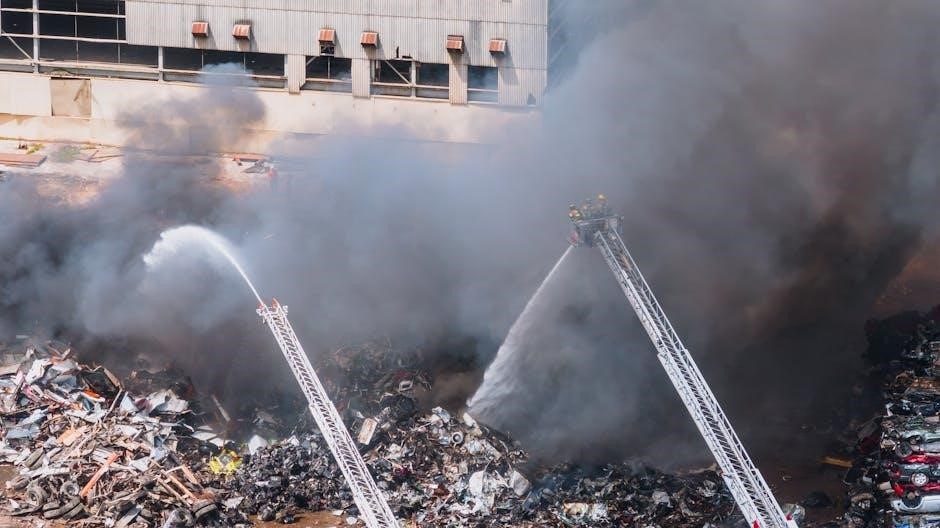
Commodity Classifications
Commodity classifications provide specific information on factors contributing to fire hazard, including type and amount of materials, as outlined in NFPA 13 standard always used for design purposes only.
Classification Criteria
The classification criteria for NFPA 13 occupancy hazard classifications and commodity classifications are based on the type and amount of materials present in the occupancy, as well as the potential fire hazard they pose.
The standard outlines specific criteria for determining the occupancy hazard classification, including the type of materials, the height of storage, and the aisle width.
The commodity classification criteria are based on the type of materials being stored, including their combustibility, heat release rate, and smoke production.
The standard also provides guidance on how to classify mixed commodities and how to determine the dominant commodity in a storage area.
The classification criteria are used to determine the required sprinkler system design and installation requirements, including the type and spacing of sprinklers, the water supply requirements, and the inspection and testing requirements.
The correct classification of occupancies and commodities is critical to ensuring that the sprinkler system is designed and installed to provide adequate fire protection.
The standard provides a framework for classifying occupancies and commodities, but it is up to the designer and installer to apply the criteria correctly and ensure that the system is installed and maintained properly.
The classification criteria are an important part of the NFPA 13 standard and are used to ensure that sprinkler systems are designed and installed to provide effective fire protection.
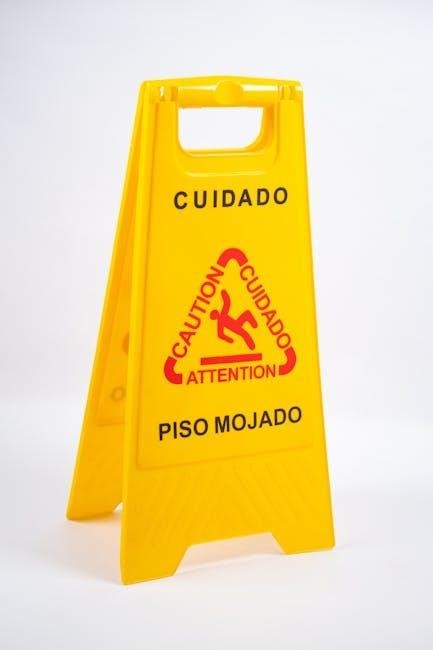
Importance of Correct Classifications
Correct classifications ensure proper fire protection and safety, reducing risks and damages always with accurate NFPA 13 occupancy hazard classifications and commodity classifications in place effectively.
Design and Installation Requirements
Design and installation requirements for sprinkler systems are crucial in ensuring effective fire protection. According to NFPA 13, the design and installation of sprinkler systems must be based on the occupancy hazard classification and commodity classification of the building. The standard provides detailed requirements for the design and installation of sprinkler systems, including the type and spacing of sprinklers, water supply requirements, and piping materials. The design and installation requirements vary depending on the occupancy hazard classification and commodity classification, with more stringent requirements for higher hazard occupancies. For example, high-hazard occupancies require more frequent sprinkler spacing and larger water supply pipes. The standard also requires that sprinkler systems be installed in accordance with the manufacturer’s instructions and that they be tested and inspected regularly to ensure proper functioning. By following the design and installation requirements outlined in NFPA 13, building owners and designers can ensure that sprinkler systems are effective in protecting people and property from fire. Proper design and installation are critical to ensuring the reliability and effectiveness of sprinkler systems.
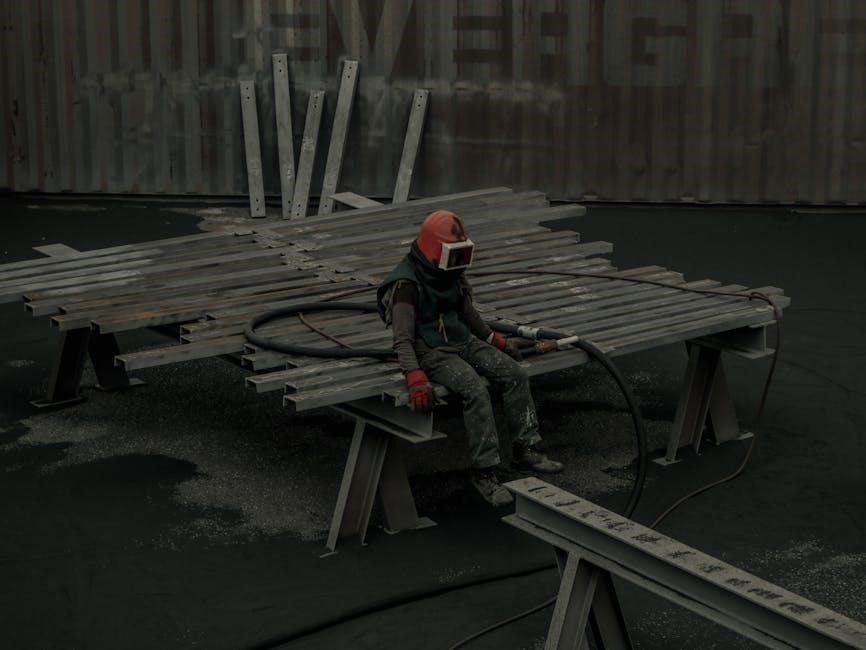
Comparison with Other Codes and Standards
NFPA 13 is compared to other codes, including NFPA 5000 and Building Construction standards always used.
Challenges for Designers
Designers face challenges when working with NFPA 13 occupancy hazard classifications, particularly when multiple codes and standards are involved. The need to navigate different classification systems and ensure compliance with various regulations can be overwhelming. Additionally, the complexity of occupancy hazard classifications and commodity classifications can lead to errors or misinterpretations, which can have significant consequences. Designers must carefully review and apply the relevant standards, such as NFPA 13, to ensure that their designs meet the required safety standards. This requires a deep understanding of the classification systems and the ability to apply them correctly. Furthermore, designers must also consider the specific requirements of each occupancy type, such as light hazard or extra hazard, and ensure that their designs meet these requirements. By carefully considering these factors, designers can create safe and effective sprinkler systems that meet the needs of various occupancies. Effective design requires careful consideration of these factors to ensure safety and compliance.
